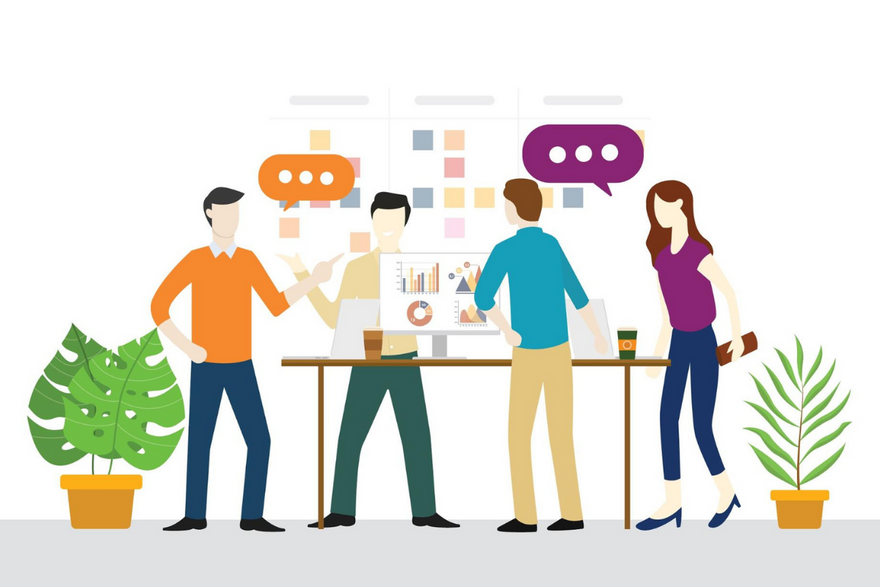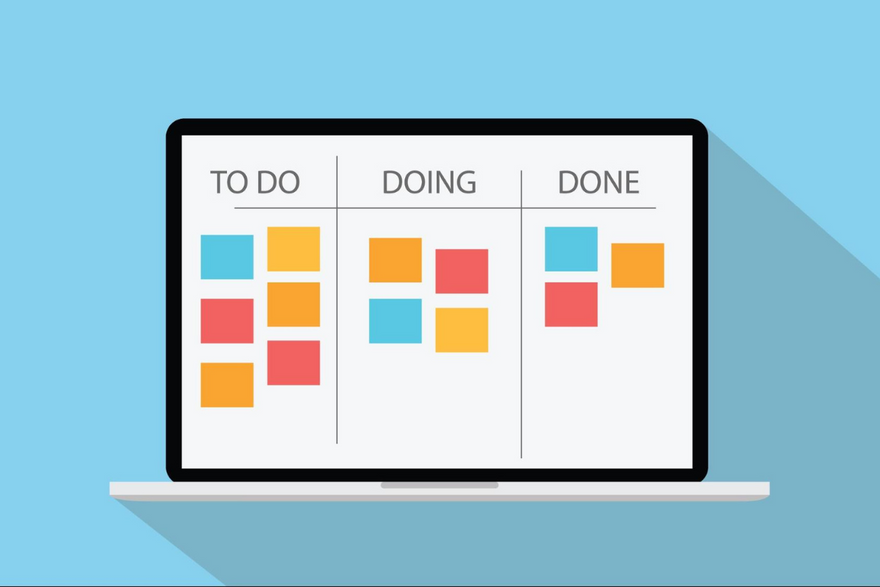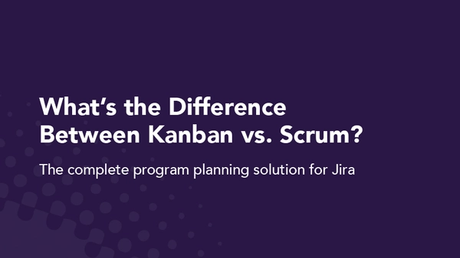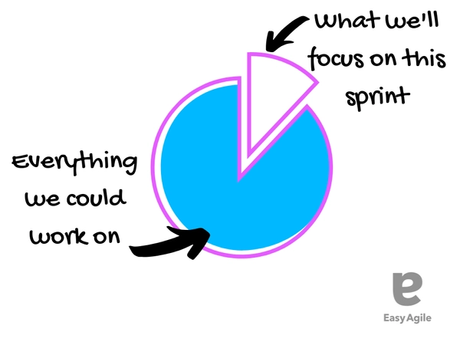Agile workflow
5 min read
Build Trust Across Your Teams With Agile Project Management
Wed Mar 17 2021
Agile software development is an overall framework for fulfilling software requirements. As declared in the agile manifesto, it emphasizes people interacting with each other over tools, continuously working software instead of documentation, customer collaboration over contract negotiation, and always being responsive to change. The manifesto stresses the importance of people collaborating in cross-functional teams so it has applicability to project management in most contexts.
Agile is a mindset, not a methodology — it empowers project teams to give and receive feedback in a collaborative and iterative environment to produce a deliverable.
While agile was popularized in software development, it has useful applications for any project team. Examples abound from construction management, content marketing...even planning weddings.
Let’s discover why agile project management is a universal mindset for teams. We can do this by understanding how its principles can be applied in project processes. And it doesn't necessarily matter which agile frameworks that you choose within your organization, as long as they’re right for you! In short:
- Agile principles are perfect for team cooperation.
- Agile workflows for project teams are conducive to continuous iteration and improvement.
- The framework you choose, Scrum or Kanban, is less important than your team mindset.
- Using agile project management across your organization increases visibility and coordination.
Agile principles in project management

The core principles of agile — collaboration, empowerment, and transparency — are ideal for project management. No matter the type of team, the goal should be continuous improvement. Teams meet this goal by working together with an iterative approach to fulfill their projects.
Agile is a mindset of adaptability, sharing progress, and learning from what worked and what didn't. You improve as you go.
Thomas Edison encapsulates the spirit of an iterative approach perfectly: “I have not failed. I've just found 10,000 ways that don't work.” 💡It's this attitude that is the agile mindset.
Entities such as the Project Management Institute espouse the virtues of agile project management and its impact on teams’ collaboration:
- Teams are responsible for project delivery and self-organize in a way to maximize their opportunities for success.
- Agile project managers encourage discussion of frameworks and processes, but also encourage independent thinking.
- Agile values foster trust and healthy working relationships.
- As a decision-making framework, agile project management promotes accountability while driving continuous decision-making and delivery.
Agile workflows for project teams
How can a traditional project team become self-organizing enough to become more agile? Let's step through a Scrum workflow in the context of a general project.
Backlog
Development teams work from a product backlog, which is a list of prioritized features desired by a customer. But this list doesn't have to be a set of software features. It can be any set of tasks or outputs that a project team needs to complete.
Sprint planning meeting
Agile teams work in sprints, which are set periods of time (e.g., two weeks) to complete an agreed-upon amount of work. During sprint planning, the team reviews and discusses the top priorities from the backlog. They then decide what can be delivered in the sprint and commit to that work.
Let's use a marketing team working on a campaign as a non-typical example. In a traditional project management setting, the team may take a waterfall approach. They would create a months-long content calendar of social media, blog articles, videos, and other content. Under agile, they would only commit to the next two weeks of content production before deciding what comes next.
Stand-Ups

A stand-up is a daily meeting of team members. During it, each member answers three questions:
- What did you work on yesterday?
- What are you going to work on today?
- Are there any issues blocking your work from being completed?
The questions provide each person the opportunity to share their progress and to provide support in case they can unblock a teammate's work by helping to resolve their issue.
Sprint review
When the sprint is completed, teams meet to review and demo the work they just finished. In our marketing case, it can be a time for the team to get together to watch their content videos, read the comments and feedback from their social media posts, and review key metrics from all of their content.
Sprint retrospectives
Product development teams meet after each sprint to discuss how they might improve things for their next sprint. In this meeting, the team discusses:
- What went well?
- What didn't go so well?
- What can we improve going forward?
Suppose your marketing team had a post go unexpectedly viral. Why was it so effective? What can we learn from that to adjust the next two weeks of content? These are the types of questions to ask yourselves so you can continue to iterate and to learn together as a team.
Scrum or Kanban?

The workflow outlined above is a typical agile Scrum framework. However, it does not have to be the way agile practices are implemented in project management. Different types of projects may call for different frameworks. For example, in Scrum, roles are more clearly defined than in Kanban.
Scrum
A Scrum team is made of specific roles that are tasked with different responsibilities for moving the team through the development process. According to the Scrum Guide:
- Developers create a plan for each sprint iteration, define completeness of work, adapt their plan each day, and hold each other accountable.
- A product owner is responsible for managing the product backlog by communicating product goals, prioritizing items, and providing transparency into the full backlog.
- The Scrum master coaches and guides the team in its adoption of Scrum.
Kanban
Some projects may be more suited for Kanban as compared to Scrum. There are key differences between the two frameworks that may influence a team's approach to agile project management:
- Continuous workflow vs. fixed sprint iterations
- Continuous delivery vs. delivery after the completion of each sprint
- No set roles vs. defined scrum roles
Kanban teams use a Kanban board to visualize their tasks and to limit the amount of work that is in progress at a given time.
The agile framework you use, whether it is Scrum or Kanban, is less important than your team’s shared understanding of how you work together to achieve common goals. The beauty of an agile approach is its conduciveness to tweaking your framework and how you use it as you iterate and retrospect.
Agile project management for your whole organization

As software development teams continue to embrace agile processes, they can encourage other teams to join them. Using agile in other departments empowers those teams’ ability to collaborate. It also creates a shared sense of unity across your entire organization because you’re all applying the same methodology to get to each of your goals.
You can even have daily stand-ups for department leads to improve cross-organizational communication!
Let's go back to our marketing folks. Imagine all of the tasks needed for content production were stored in Jira. With a tool like Easy Agile Roadmaps for Jira, those tasks can be viewed in a timeline and linked to development tasks they relate to. All of your organizations' stakeholders now have a shared vision of work across departments!


